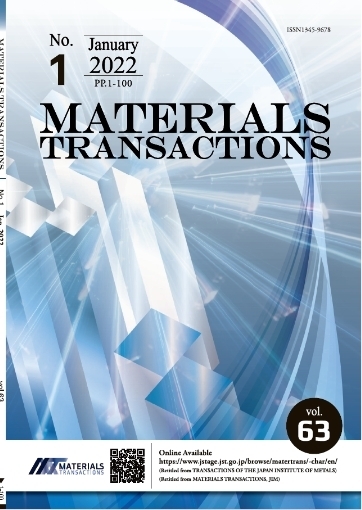Short-Range Electron Correlations of CO2 Molecule by First Principles T-Matrix Calculations
Yoshifumi Noguchi, Soh Ishii, Kaoru Ohno
pp. 638-640
Abstract
In this paper, we obtain the double ionization energy spectra and the two-electron distribution functions from the first principles evaluating the ladder diagrams up to the infinite order (T-matrix) and discuss the short-range electron correlations. The T-matrix, which describes the multiple scattering between electrons (or holes), can accurately represent the short-range repulsive Coulomb interaction. The double ionization energy spectra calculated for the CO2 molecule agree with the corresponding experiments very well. And the two-electron distribution function obtained from the T-matrix clearly shows “Coulomb hole” due to the avoidance of the antiparallel spin electrons confined in a small region.
Readers Who Read This Article Also Read
MATERIALS TRANSACTIONS Vol.48(2007), No.4
MATERIALS TRANSACTIONS Vol.48(2007), No.5
MATERIALS TRANSACTIONS Vol.48(2007), No.5










